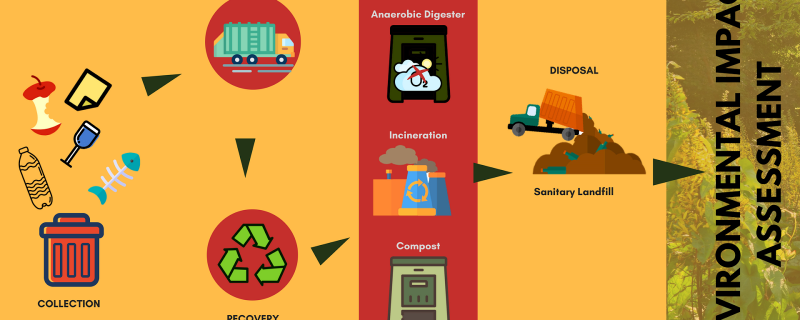Breast cancer is the second leading cause of cancer-related deaths in women across the world. As per an estimate by the World Health Organisation, 570,000 women died from breast cancer in 2015 alone. Although genetic factors and the female sex hormone oestrogen play a role in the occurrence of breast cancer, several other factors like increased iron content in the body might also enhance the risk.
Health
Have you ever stepped outside and looked up at the sky on a clear, summer day and noticed something swimming in your field of vision? Little transparent worms or blobs that seem to disappear whenever you try and get a closer look at them, only to reappear as soon as you shift your glance. These are ‘floaters’, or as the scientific community calls them- ‘muscae volitantes’, which is Latin for ‘hovering flies’.
Alzheimer's affects a large section of our aged population. Scientists from the Indian Institute of Science, Bangalore, shed some light on how the disease can be identified in its early stages.
A new study conducted by Pallavi Sinha and group from Institute of Medical Sciences, Banaras Hindu University and Boston Medical Centre has concluded that behavioral factors, like alcohol consumption and smoking, and clinical factors, like previous anti tubercular treatment, increases the risk of multi-drug resistant TB (MDR-TB).
For the first time ever, scientists from the Tata Institute of Fundamental Research (TIFR), Mumbai, Indian Institute of Science, Bengaluru, and Indian Institute of Science, Education and Research, Pune uncover the process of transport of fats in the body.
Tuberculosis(TB) has claimed 1.8 million human lives globally according to World Health Organization, in 2015. Despite Bacillus Calmette-Guerin (BCG) vaccine, the only available vaccine for TB, currently one-third of the world is latently infected with TB due to the incompetence of BCG in adults against Mycobacterium tuberculosis, the bacteria responsible for TB.
Researchers from the Institute of Public Health (IPH), Bangalore, with the support of the Alliance for Health Policy and Systems Research of the World Health Organization, have assessed the quality of generic medicine and their branded equivalents in South India. Their results show that the quality of generic medicines from multiple sources was similar to that of the branded medicines.
Scientists at Council for Scientific and Industrial Research- Indian Institute of Chemical Technology (CSIR-IICT) have, for the first time, used Chrysophanol derived from Himalayan rhubarb to develop MALDI matrix- a matrix used to analyse large molecules.
Researchers from the Indian Institute of Technology, Delhi, turn to a tiny species of venomous spider called Lachesana tarabaevi in the search for compounds with anti-microbial properties. They show that peptides derived from the spider’s venom is effective against Staphylococcus aureus.
Researchers from the Indian Institute of Technology, Bombay, look into the various ways in which our solid waste management woes can be solved. In their efforts integrated waste management appears as a solution that can help reduce the pollution caused due to open dumping.









